Contents
Guide
brandon stanton
HUMANS
ST. MARTINS PRESS  NEW YORK
NEW YORK
The author and publisher have provided this e-book to you for your personal use only. You may not make this e-book publicly available in any way. Copyright infringement is against the law. If you believe the copy of this e-book you are reading infringes on the authors copyright, please notify the publisher at: http://us.macmillanusa.com/piracy.
To Savannah
ITS BEEN ALMOST EXACTLY ten years since the creation of Humans of New York. Im still not sure what exactly to call it. Photography project seems a little reductive. Blog sounds a little too digital. After a decade of evolution, the work seems to strain against all the labels Ive used in the past. Even the title itself seems outdated. Having collected stories from more than forty countries, Humans of New York can no longer be taken literally. My hope is that the name now signals a certain type of storytelling.
When I first set out on this journey in 2010, the concept was quite simple: I wanted to photograph ten thousand people on the streets of New York City. I had the added goal of plotting these photos on a map. It seemed like the mission of a madman, especially because I had no training as a photographer. But the impracticality of the goal served a purpose. It got me out on the street. Day after day. Not only learning to photograph, but also to approach strangers, make them feel comfortable, and engage them in conversation. Over time, these peripheral skills would become more central to Humans of New York than the photography itself.
As I collected thousands of portraits, Id naturally have conversations with some of my subjects. I began including short quotes in the captions of the photographs. Some of the quotes were humorous. Others were thoughtful. Still others could be heartbreaking. But all of them provided a brief glimpse into the inner life of a random person on the street. For a long time these quotes remained quite superficial. I was still uncomfortable in the presence of a stranger: afraid of invading their space, not wanting to offend, unsure of boundaries. I spent very little time with each person. Id ask a few simple questions, then I would write down the first thing that came out of their mouth.
But as time went on, the conversations grew longer and longer. My questions became less casual. More searching and intimate. I grew bolder in the realization that most people enjoyed the process. They welcomed the opportunity to share about their lives, even with a stranger. Many were honored that someone cared enough to listen. Often Id spend hours with someone Id just met, huddled on the edge of a busy sidewalk, examining the events of their lives, trying to understand where they came from. Sometimes people shared secrets about their lives that theyd never told another person. And Humans of New York became known for the candor and intimacy of its stories.
As millions of people began to follow Humans of New York on social media, it also became clear that the appeal of the work had little to do with the city. It wasnt New York that was commanding so much attention. It was the people. It was the power of the individual story. Building on this realization, I took the process that Id developed on the streets of New York and began to travel overseas. I photographed in many different countries. With the help of talented interpreters, I interviewed hundreds of people around the world. The conversations felt refreshingly familiar. The work felt the same. And the audience came along on the journey, which allowed me to keep traveling. This book is the result of these travels.
But before we begin, a quick note on what this book is not:
With a title like Humans, it might seem that this book aims to cover the entirety of human experience. And I certainly felt that pressure. I spent a long time away from home. I pushed the book deadline back a full two years so that I could cover as much of the world as possible. But no matter how exhaustive my efforts, Humans was never going to be an anthropological study. It was never going to be the perfect balance of every ethnicity, every religion, every voice. It just wasnt possible. In the end, this book is what it was always destined to be: the collected conversations of a single photographerwho traveled to as many places as he could, and met as many people as he could.
Thanks to everyone whos been along for the ride. I get caught up in the work and I dont say it nearly enough: you are the best group of people on the internet. Youve created this magic little corner of the Web where people feel safe sharing their storieswithout being ridiculed, or bullied, or judged. These stories are only honestly shared because they have a long history of being warmly received. Thank you for the encouragement youve given to everyone Ive interviewed. And the encouragement youve given me.
I hope you enjoy reading this book as much as I enjoyed making it.

I spent my childhood working, so I never had the chance to get an education. I was always envious of the boys who got to wear uniforms. This is her first month of school. She comes home and tells me exactly what happened, every day. I love it. If Im not home for a few days, shell save up all her stories, then tell them to me all at once.
LAHORE, PAKISTAN

I graduated more than one thousand kids from elementary school. Id still be teaching but my eyes went bad. Its such an important time in a childs life. Its when they learn speech, grammar, and how to pay attention. Its when the tree gets its roots. If youre taught wrong in elementary school, youll be trying to catch that train for the rest of your life.
ST. PETERSBURG, RUSSIA

Id like them to be ministers or businesspeople. But this one is supposed to start school this year, and I dont have the money to send him.
KASANGULU, DEMOCRATIC REPUBLIC OF CONGO

When I was eighteen, a large group of students visited Ghana from the UK for a youth development program. It was an expensive program. It cost thousands of pounds. But I got to join for free because they needed some Ghanaians for a smattering of cultural diversity. The program was a mixture of community service and adventure. We actually came canoeing on this very lake. The whole time I was thinking about how much money was being made from our natural resources. And how much of that money was leaving Ghana. I became determined to make Ghana money out of the Ghana environment. So after graduating college, I set out to build a world-class adventure company. Its been over five years now. We have twelve full-time employees and twenty-five adventure locations. Best of all, I think were creating an adventure culture in the country. Our clients were seventy percent foreign when we started. Now theyre eighty percent Ghanaian. Behind me is Survival Island. Its my latest project and biggest risk yet. I constructed a full ropes course, and one day I hope to build the worlds longest zip line. That would really put Ghana on the adventure map.


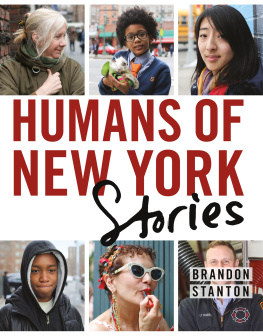
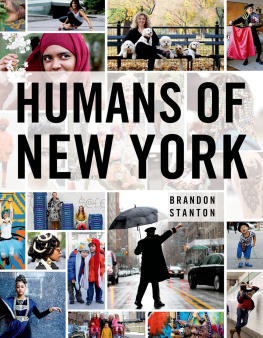
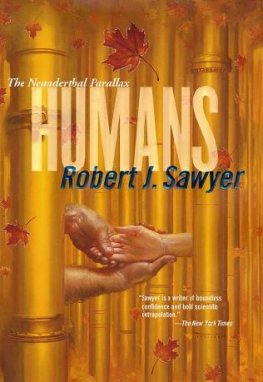
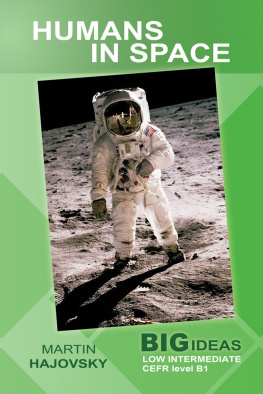
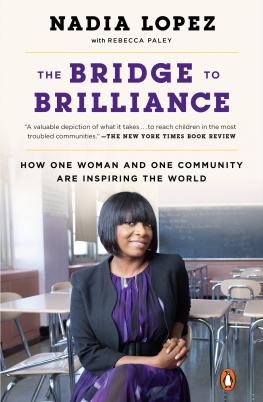



 NEW YORK
NEW YORK


